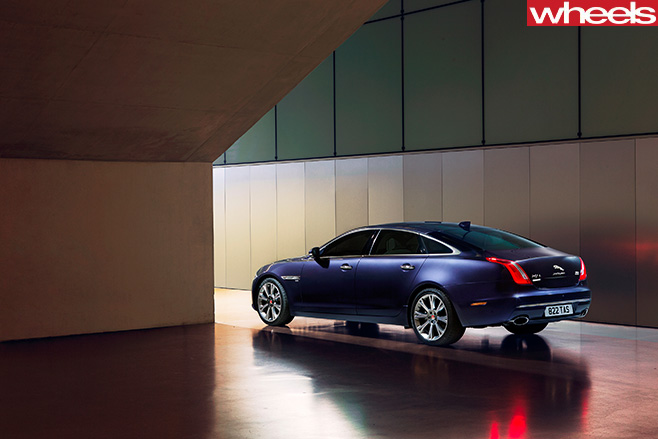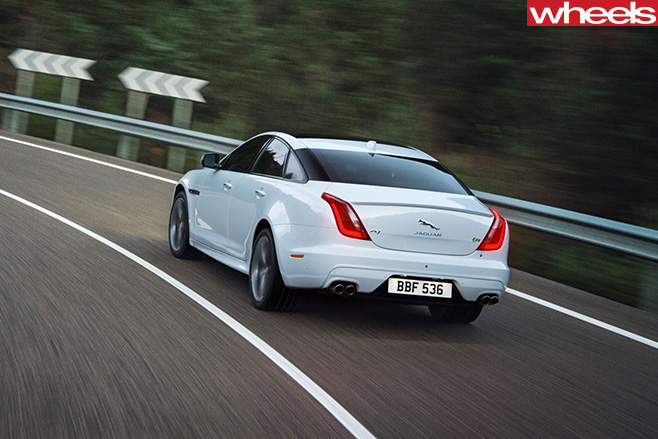The Jaguar XJ will remain a sedan for its next generation – surviving a review process that questioned whether the brand’s flagship model should become an SUV.
Jaguar is currently exploring the design approach to the replacement for its sporty limo, even though it’s unlikely to be seen until at least 2019.
With the company ending its resistance to building an SUV with the newly launched Jaguar F-Pace, design director Ian Callum admits the global obsession with the high-riding body style forced the company to re-assess the XJ’s future.
“With the success of cross-overs and SUVs, the question was asked [internally] whether it should be something other than a sedan; we even asked our customers: what is the [Jaguar] flagship?” says Callum.
“It was quite clear in everybody’s minds that is should be a sedan.

Callum says Jaguar discussed internally whether the sedan should return to a more conventional three-box design before agreeing it was important to retain the sportier profile of the current Jaguar XJ that was released in 2010.
Some of that model’s detailing, such as the rear pillars, and its relatively restricted rear headroom were criticised. Callum says Jaguar would look to address some of these criticisms for the new car, although he also stresses that a Jaguar limo doesn’t need to be the most practical.

“I think we should cut our own furrow rather than follow. Taking on the [Mercedes-Benz] S-Class is not the right thing to do.”
The Chinese market, with its love for big cars and spacious rear seats, has also influenced discussions, though Callum says the country’s younger generation is starting to move into the driver’s seat.
While the next XJ won’t be a big SUV, Callum reveals Jaguar-Land Rover did look at building the XJ and Range Rover off the same architecture to improve the company’s economies of scale before determining it presented too many challenges.

“We did talk about it at one point, but it never happened because it would have been compromising the Land Rover capability in order to accommodate the car. And if you did it the other way around you can’t put a sports car platform on a SUV platform. It just doesn’t work.”
The next XJ won’t make it in time for the model’s 50th anniversary that comes up in 2018. Even a concept is unlikely due to the need to focus on production models, though Callum says the company has noted the significance of the year and is planning some special editions.






